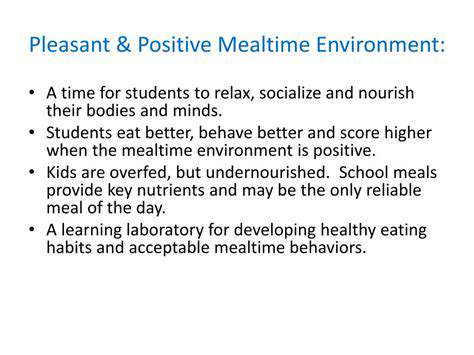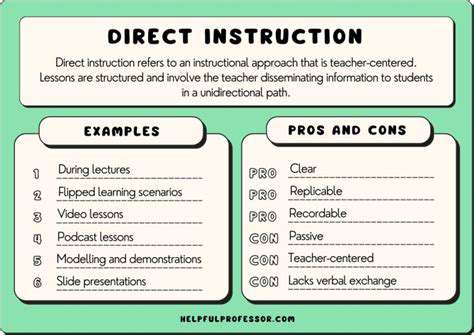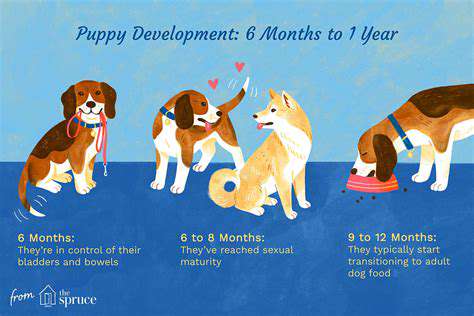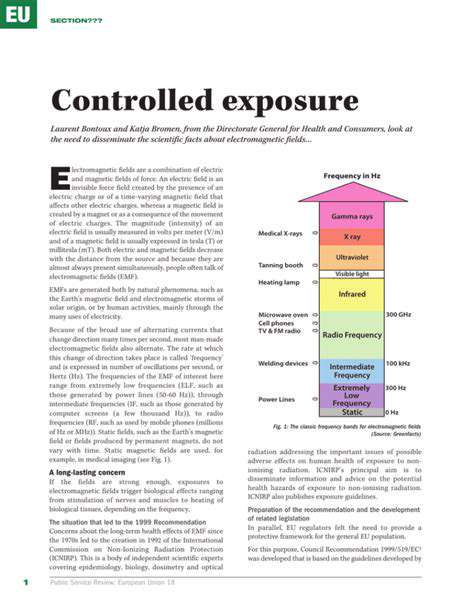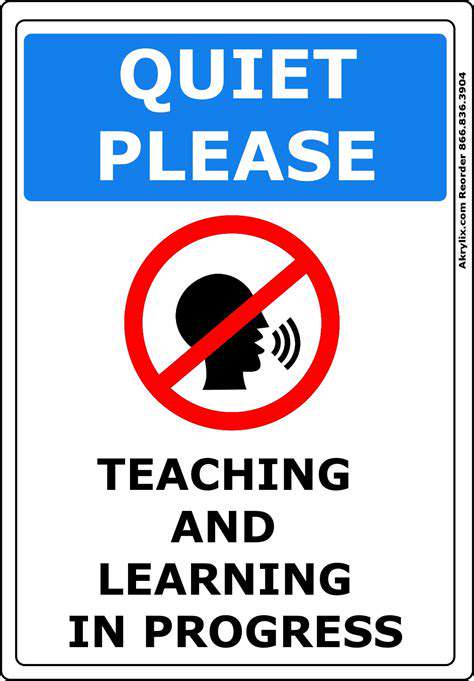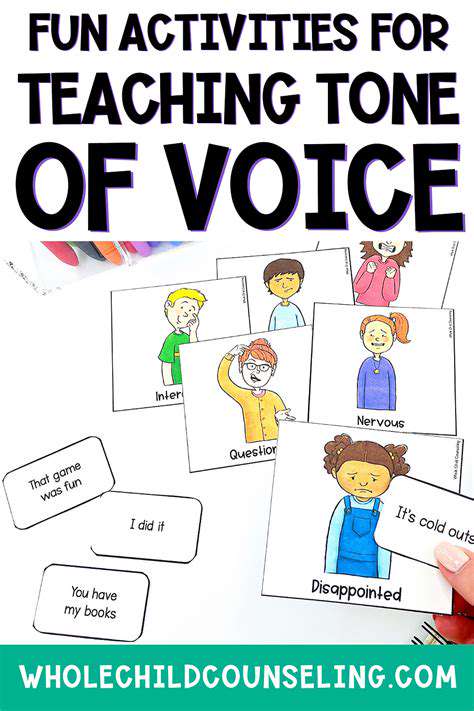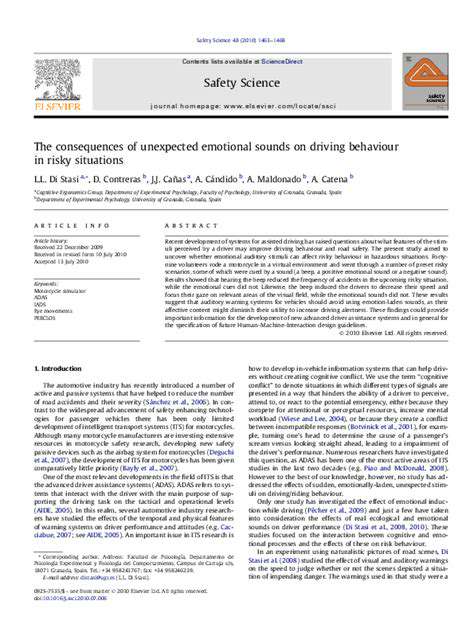Navigating New Environments: Socializing Your Puppy in Different Places
Socializing Your Puppy with Other Dogs

Early Socialization is Key
The puppy socialization window is nature's gift to dog owners - a brief period when young dogs are biologically primed to form positive associations. Missing this developmental sweet spot means working against instinct later, while capitalizing on it creates a dog who sees the world as full of friends rather than threats. Between those fuzzy 3-12 weeks, every positive encounter with another dog deposits confidence in your puppy's emotional bank account.
A socially savvy puppy grows into a dog who can enjoy off-leash freedom, make friends at the dog park, and handle unexpected canine encounters with calm curiosity. These skills don't just make life more enjoyable for your dog - they create peace of mind for you, knowing your companion can navigate the dog world safely and appropriately.
Controlled and Positive Introductions
Think of puppy playdates as carefully curated art exhibitions - you want to showcase just the right pieces at the right time. Start with one calm, vaccinated adult dog who's known for being puppy-friendly. Watch for loose, wiggly body language from both animals, and keep initial sessions short enough to end on a high note. Treats should flow like compliments at a gallery opening, reinforcing every polite sniff and appropriate play bow.
Never underestimate the power of a good first impression. If your puppy's early dog interactions involve being bullied or overwhelmed, they may develop lasting defensive strategies. Conversely, positive experiences with well-mannered canines create templates for future friendships. It's worth investing time to find the right canine mentors for your puppy.
Choosing the Right Environment and Timing
Location matters as much in puppy socialization as in real estate. Neutral territories prevent territorial behaviors, while familiar spaces can offer comfort. Consider starting in your backyard before venturing to busier locations. The best environments have easy escape routes (for both dogs), minimal distractions, and clean surfaces that reduce disease risks.
Timing puppy playdates is like scheduling important meetings - you want all participants at their best. Avoid the post-meal slump and pre-nap crankiness. Morning sessions often work well, when puppies are rested but not yet overstimulated from the day's adventures. Watch for calming signals like yawning or lip-licking that indicate your puppy needs a break.
Addressing Challenges and Fears During Socialization
Overcoming Anxiety and Self-Doubt
Puppy fears often manifest in subtle ways - a tucked tail here, a hesitation there. These moments are golden opportunities for building confidence when handled correctly. Rather than forcing exposure, create positive associations at your puppy's pace. Pair scary objects with chicken pieces, and let them investigate novel items in their own time.
Remember that canine fear responses exist on a spectrum. What begins as mild uncertainty can escalate if mishandled. Watch for early warning signs like avoidance behaviors or excessive panting, and adjust your approach accordingly. Sometimes the bravest thing you can do is recognize when your puppy needs space rather than pushing them forward.
Developing Effective Communication and Social Skills
Canine communication is a complex language of posture, movement, and energy. Puppies learn this vocabulary through thousands of micro-interactions. Help your pup by providing clear, consistent feedback about what behaviors work in human-canine relations. When they offer a sit instead of jumping, reward that choice immediately and enthusiastically.
Social skills develop through practice, not perfection. Expect some awkward puppy moments - they're as normal as teenage awkwardness in humans. The key is managing interactions so mistakes become learning opportunities rather than traumatic events. A puppy who mouths too hard and loses a playmate learns better bite inhibition than one who's never allowed to play.
Ultimately, socialization is about helping your puppy develop their unique personality within the boundaries of good canine citizenship. There's no single right outcome - just a continuum of possibilities shaped by genetics, experience, and your thoughtful guidance. The investment you make during these early months will yield dividends throughout your dog's life, creating a companion who moves through the world with confidence and joy.
Read more about Navigating New Environments: Socializing Your Puppy in Different Places
Hot Recommendations
- The Impact of Early Socialization on a Dog's Interaction with Other Animals
- Car Travel and Puppy Socialization: Making the Journey a Positive Experience
- The Importance of Early Environmental Exposure for Puppy Development
- Taking Your Puppy to the Vet: Positive Socialization Strategies
- Making Training a Positive Experience for Your Puppy
- Public Transportation and Puppy Socialization: A Step by Step Guide
- Safe Socialization: Allowing Others to Pet Your Puppy
- Helping a Puppy Who Struggles with "Stay"
- Positive Puppy Interactions: Making Meetings with New Friends Fun
- No Treats Needed? Training Basic Commands with Verbal Praise
